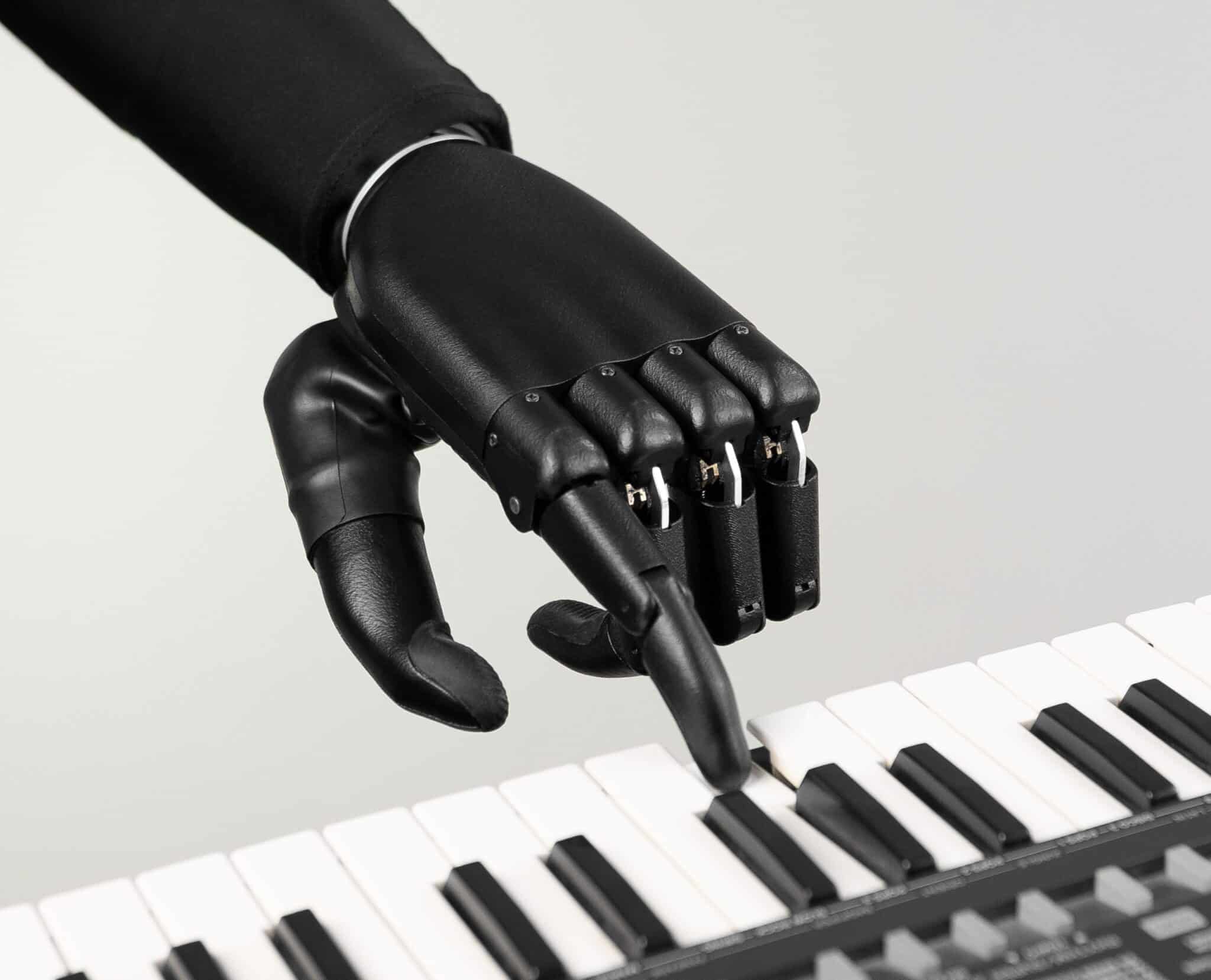Prosthetics are a fairly old phenomenon. The first recorded existence of functional prostheses dates back to the medieval ages. Back then the prostheses were made up of heavy materials. And only a few in the world could prepare them. Naturally, the medieval prostheses were heavy, clumsy to wield and expensive. Expensive beyond the reach of common people. Back at that time only the rich and important could wield a prosthesis. With time prostheses became more wieldable and lightweight. The ergonomics changed drastically alongside the price. The developments in the field of prosthetics were fueled by the demand for mobility.
Amputations not only devastate individual lives, but a load of amputations also slows down entire societies. And in this era of globalization, the effect is planetary. A load of amputation is harmful to our entire species.
Amputations are extreme measures. They are performed in order to save a life. The reason can be unstoppable cancer, an infection or maybe an unacceptable injury. But the loss of an organ in exchange for life is not even a fair deal. As the rest of the life without the organ becomes a curse. The only rehabilitation option is perhaps prosthetics. And in this era of neuroscience, bionics revolutionized the way prostheses are. Bionics granted the prostheses with the power to execute the wills of their wielder. But before buying a prosthesis an amputee must know the factors for determining its price. This article will try to do the same.
How it works
In order to understand the factors determining the price of a bionic prosthesis, we must try to understand how a bionic prosthesis works. A bionic prosthesis is controlled by a powerful microcomputer, located on-board the prosthesis. This computer receives EMG signals generated by the residual muscles left after the amputation surgery. The electromyographic signals are captured by EMG sensors placed non-invasively on the skin. These sensors then transmit the data to the computer. And the computer processes the data into gestures and actions in accordance with the hardware a prosthesis packs.
The ergonomics and comfort
The ergonomics of a prosthesis determines how much utility it commands when it comes to day to day tasks. The wielding experience depends on the weight and feel of an instrument. Modern prostheses are made up of modern composite materials with high power to weight ratio. These materials are lighter and stronger than the usuals. The regions of a prosthesis, in contact with the skin, are also being made by superhydrophobic materials with soft and cushiony character. Silicone elastomers are in use for most prostheses. They are soft and retain no water to speak of. Hence the experience is frictionless and comfortable.
Capabilities
The capabilities of a bionic prosthesis depend on the power and ability of its microcomputer, the sensitivity of sensors and the versatility of its hardware. The hardware determines the number of actions a prosthesis can perform. The computer determines how much EMG signal can be processed with what efficiency> And the sensors determine how much of usable signal they can manage to gain from the residual muscles. The price of a bionic prosthesis depends on these factors and it is always wise to go through the aspects really well before making an investment.
Service and after-sales support
A robotic prosthetic arm can serve its purpose well until a component refuses to respond. Hence maintenance and support are essential for steady performance. The support from the company begins during the period of calibration of the new enhancement. During that time an amputee learns about the device and becomes aware of the needs in order to sustain the performance. Hence, the robotic prosthetic arm cost is expected to be greatly affected by the provisions of maintenance and support.
Environment resistance
Human life is certainly full of environmental exposure like dirt and water. The practicality of a prosthesis depends on the protection from these environmental exposures. The degree of protection determines the using and deployment conditions for the device. And also determines under which conditions the device might get damaged. Hence, before making an investment in a bionic prosthesis one must keep in mind the probable deployment conditions. While understanding the capabilities and resistance of the device. Only then a bionic prosthesis can at be deployed for performing the desired task.







